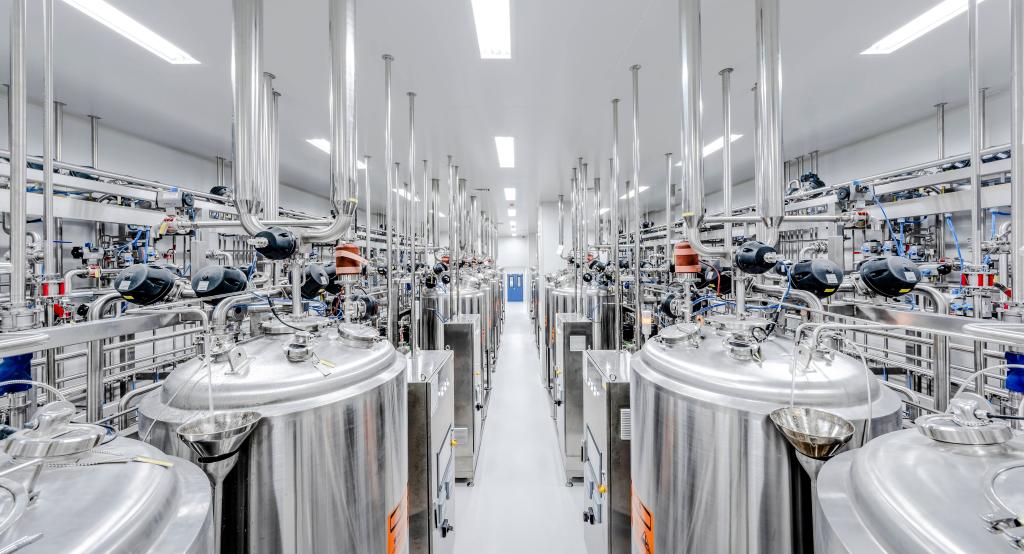
The preparation process and optimization studies of glycylglycine (also known as diglycine or 1,2-diaminoethane) are significant topics in the fields of chemistry and biomedicine. Here is a detailed exploration of its preparation process and optimization research:
I. Traditional Preparation Process
The traditional preparation process for glycylglycine typically involves the following steps:
1. Preparation of Intermediate 2,5-Piperazinedione:
·Add glycerol to a flask equipped with a reflux condenser, and stir in powdered glycine.
·Heat to a specific temperature (e.g., 175–180°C) and stir for a period, then cool to room temperature.
·Add an appropriate amount of distilled water and refrigerate overnight.
·Filter and wash with ethanol to obtain crude 2,5-piperazinedione.
·Purify by recrystallization.
2. Formation of Glycylglycine:
·In a round-bottom flask, add sodium hydroxide solution and stir in 2,5-piperazinedione.
·Once the 2,5-piperazinedione is fully dissolved, adjust the pH with hydrochloric acid.
·Concentrate under reduced pressure, add ethanol, and refrigerate overnight.
·Filter and wash with ethanol until no chloride ions are present, yielding glycylglycine.
II. Process Optimization Research
To address issues such as high energy consumption, pollution, and low yield in traditional preparation processes, researchers have conducted extensive optimization studies. Here are some key optimization methods:
1. Improving Intermediate Synthesis Methods:
·Adjust the ratios of reactants, reaction temperature, and time to enhance the yield and purity of the intermediate.
·Introduce new catalysts or protecting groups to reduce by-products and improve reaction selectivity.
2. Optimizing Hydrolysis and Purification Steps:
·Use milder hydrolysis conditions to minimize side reactions.
·Improve purification processes by employing more efficient extraction, crystallization, and drying methods to increase product purity and yield.
3. Adopting New Synthetic Routes:
·Researchers have explored new synthetic routes, such as glycine chloroacetylation and ammonolysis.
·These new routes typically have lower energy consumption, higher yields, and better environmental performance.
III. Specific Optimization Examples
A specific optimization method for glycylglycine production includes the following steps:
1. Glycine Chloroacetylation:
·Dissolve glycine in water or a mixed solvent and adjust the pH with sodium carbonate.
Add chloroacetyl chloride dropwise at room temperature to obtain chloroacetylglycine.
2. Chloroacetylglycine Ammonolysis:
·In a reactor, add concentrated ammonia and chloroacetylglycine to react, yielding glycylglycine.
3. Post-treatment:
·Perform heating concentration, cooling crystallization, and filtration on the reaction mixture to obtain pure glycylglycine.
·This optimization method features low cost, high efficiency, and high yield, breaking through the bottleneck of traditional preparation processes.
The preparation process and optimization research of glycylglycine are crucial in chemistry and biomedicine. By improving intermediate synthesis methods, optimizing hydrolysis and purification steps, and adopting new synthetic routes, it is possible to significantly enhance the yield and purity of glycylglycine while reducing production costs and environmental pollution.